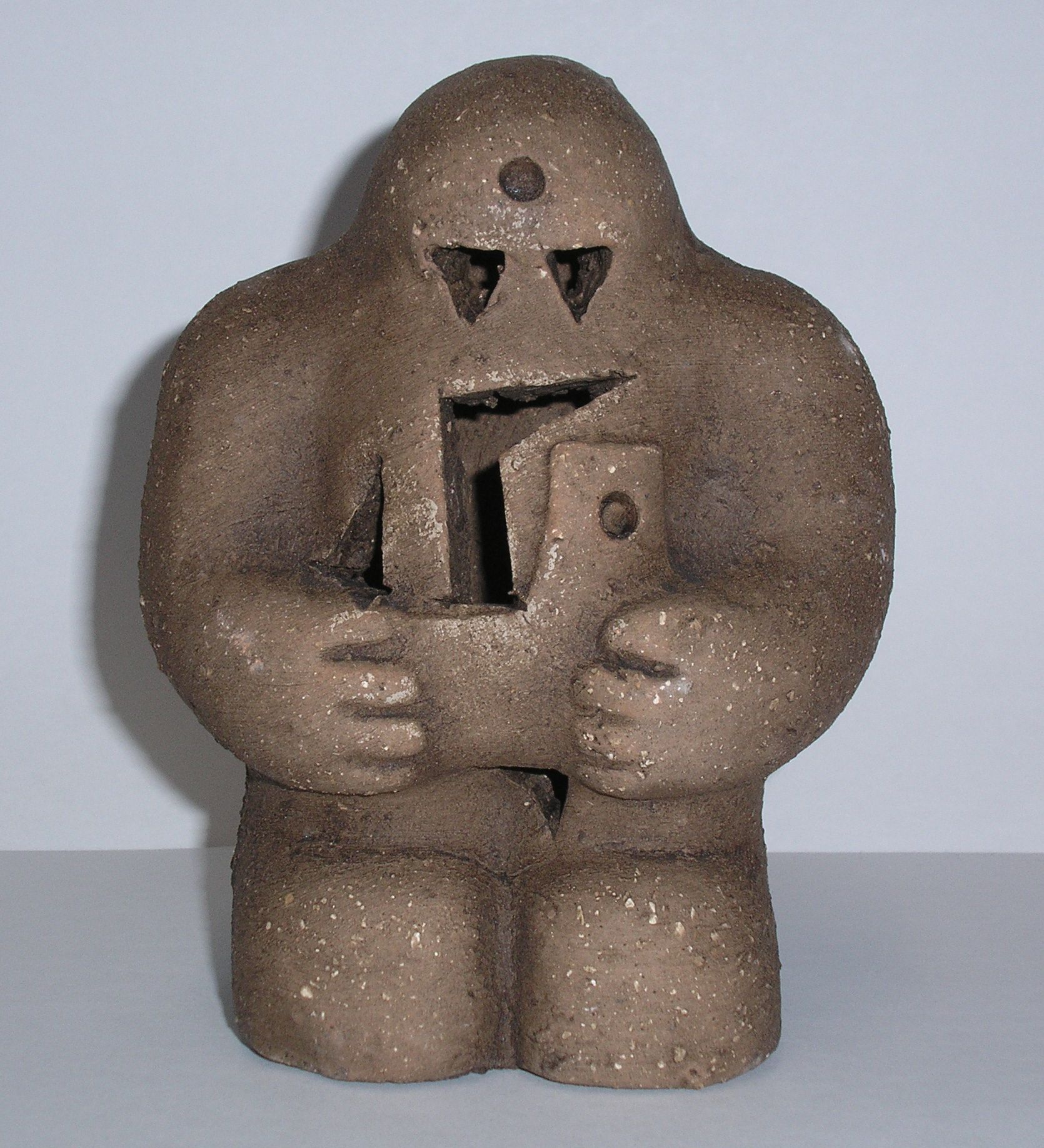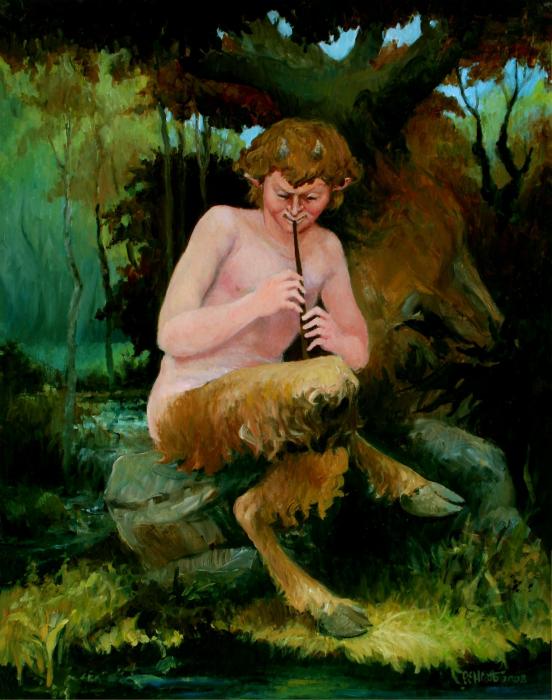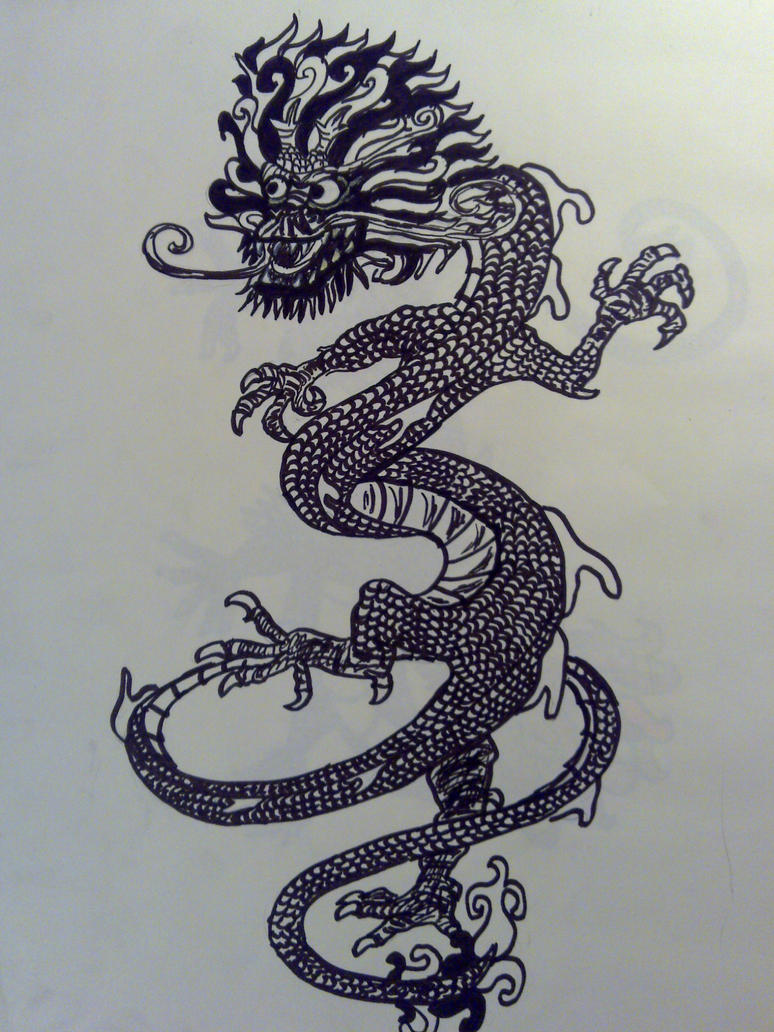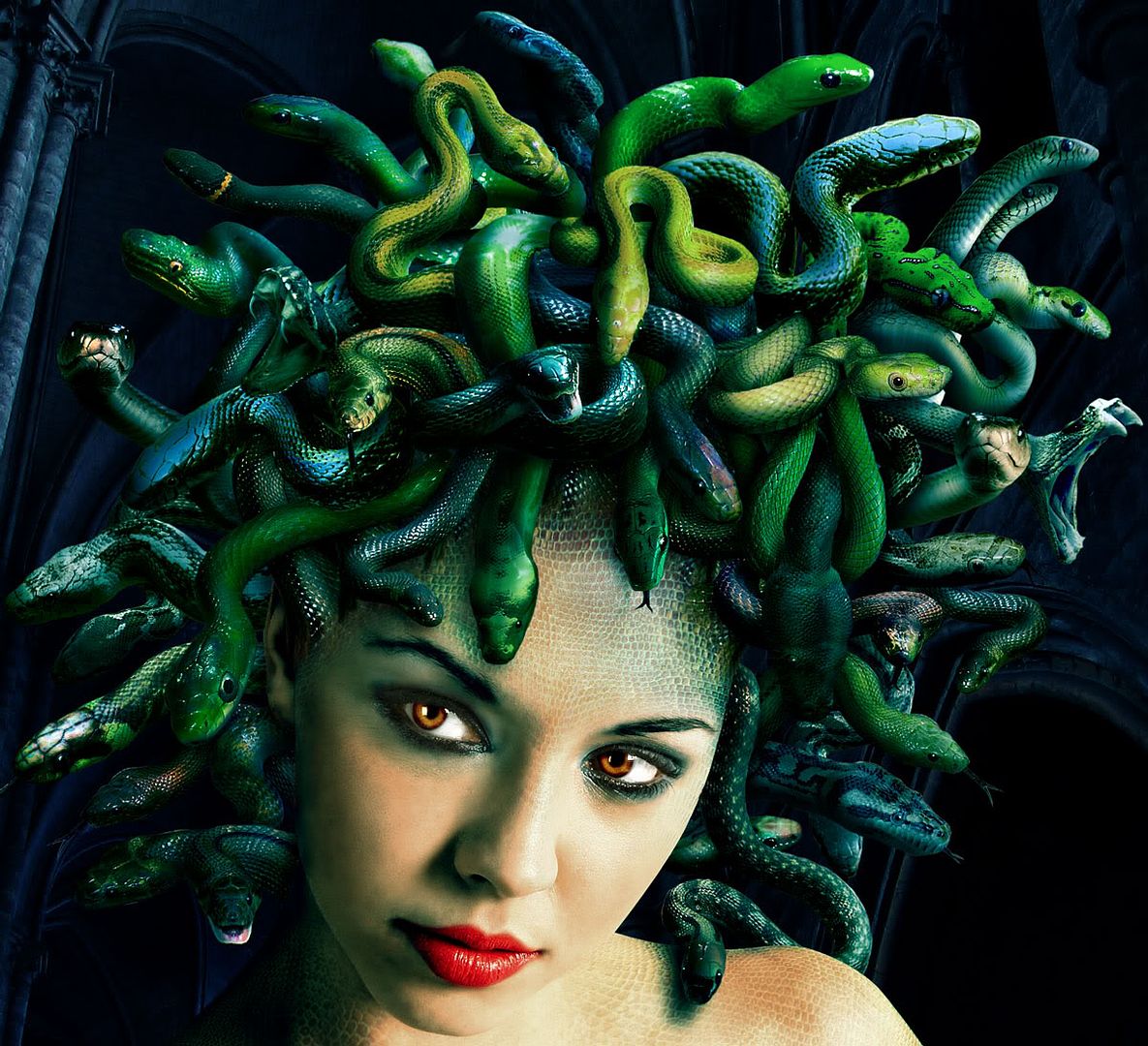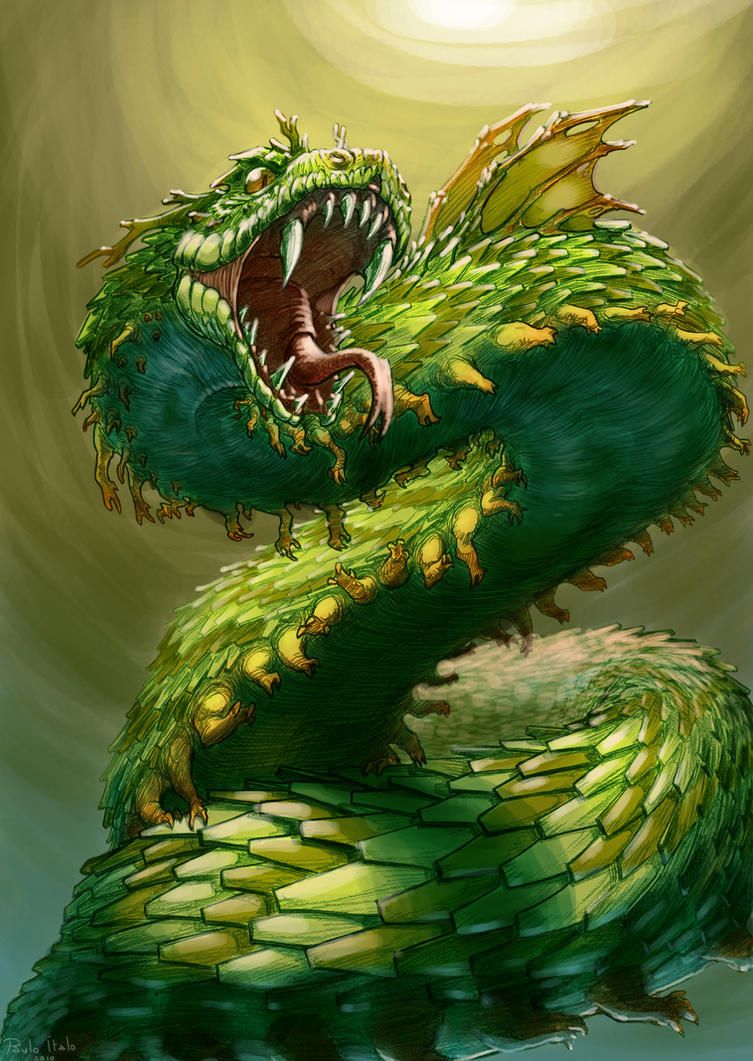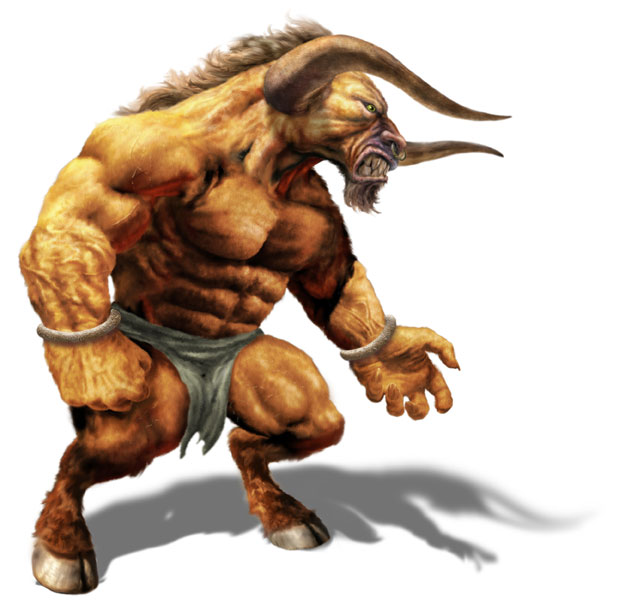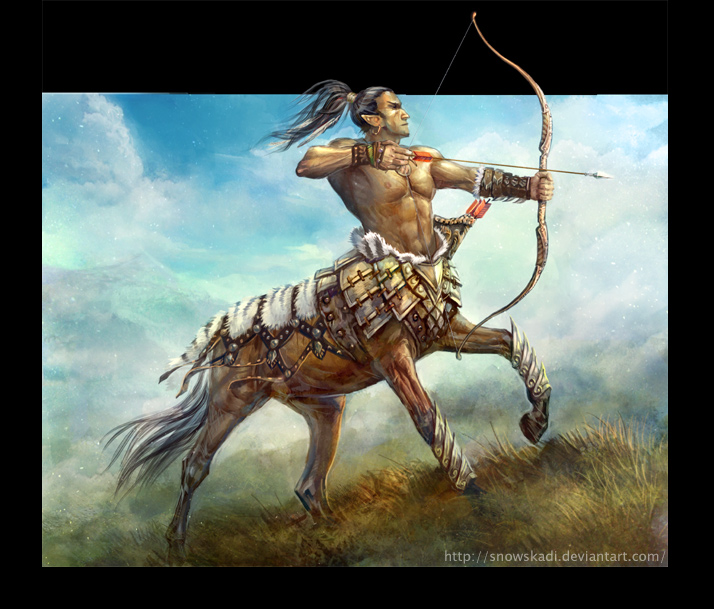The word Banshee comes from Irish Bean-Sidhe, which means "Fairy Woman". Although the creature is most common in Ireland, it has been found all over northern Europe, primarily in Scotland and Germany. The reason for this goes back to ancient times. The Celts were an ancient people originating from an area in modern Germany and the Low Countries. They spread over Europe, eventually settling in the Iberian Peninsula, Gaul (modern France), Germania (modern Germany), the Balkans and Dacia/Thrace/Illyria (roughly Romania, Bulgaria, European Turkey, and what was Yugoslavia), northern Italy, the British Isles, parts of Scandinavia, and even Turkey. However, in Turkey they only settled in one area, Galatia, which is roughly central Turkey today. The capital of Turkey Ankara was once known as Ancyra and was the regional capital of Galatia. The Celts only spread to southern Germany however, as Germanic tribes were related but had their own national identity. Some of the more famous Celtic tribes included the Iceni, the Arverni, the Aedui, the Belgae, and the Celtiberians, located in modern day Britain, France, France, Belgium/France/Britain, and Spain respectively.
However, with the rise of the Greek nations and the Roman Empire, it all began to change. Hellenic influence was greatly reflected in local traditions, beliefs, and infrastructure. Despite this, the majority of the Celtic tribes kept their national identity and distinct individuality. Unfortunately a new power arose. A power that would displace nearly every tribe, kingdom, or nation in Ancient Europe, as well as reaching into Africa and even Asia. This new super-power was the Romans. With their advanced armies they vanquished all who stood before them, and it was in this way that Gaul (France), Iberia, and Britannia were conquered. The only Celts left were the Irish, the Scottish, and the Germanic peoples of the north. The reason for this was quite complex. There were many campaigns against the Germans and Scottish, but they could never be brought to heel. The Irish however were different. The Romans had no interest in conquering them. There is now substantial evidence that they did trade with the natives, but no Roman army ever landed in Ireland. Why this is is uncertain.
This is why the Banshee remains more well-known in Germany, Scotland, and Ireland. They are the only places never conquered. whilst everywhere else Roman and then Christian beliefs took over, the Ancient ways remained dominant in these few corners. Christianity did eventually take over, but ancient traditions remained.
The Banshee was an ancient spirit of the Celtic world. The Banshee was always female, but sometimes depicted as a young woman or an elderly woman. They were usually dressed in green, with a grey cloak. The Banshee was not always seen. Often, it was her wailing that could be heard in the darkest night. It was this wailing that foretold death, usually of an important figure.
Some Banshees were tied to a particular family, normally the most ancient Irish and Scottish ones. Others were mere loners, wandering the Earth forevermore. When someone was about to die, the Banshee would begin crying and wailing, warning people of the imminent doom. Some Banshees were spirits of a dead witch, others were fairies cursed to this fate. Others were mere mortals, twisted and cursed by evil.
Banshees are not evil. They have been called Lady of Peace, for they never harm any living being. They often attend the funerals of the dead, invisible, and their wailing mixing with the mourning families. the Banshees have spread to wherever there are Celtic people, including America. They have such a strong tie with the Irish, they followed them across the Atlantic Ocean.
Some Banshees are able to turn into animals. These include the crow, the hare, and others usually affiliated with witchcraft. A popular theory is that this is a trait leftover from when they were witches. this would explain why only some have the ability.
There have been many accounts of Banshees, both recent and old. However, they are now considered a myth with no hard evidence to support their existence. The wails are cries of the Barn Owl, a nocturnal creature common in Europe, particularly Ireland. Make up your own mind.
For more information visit:



